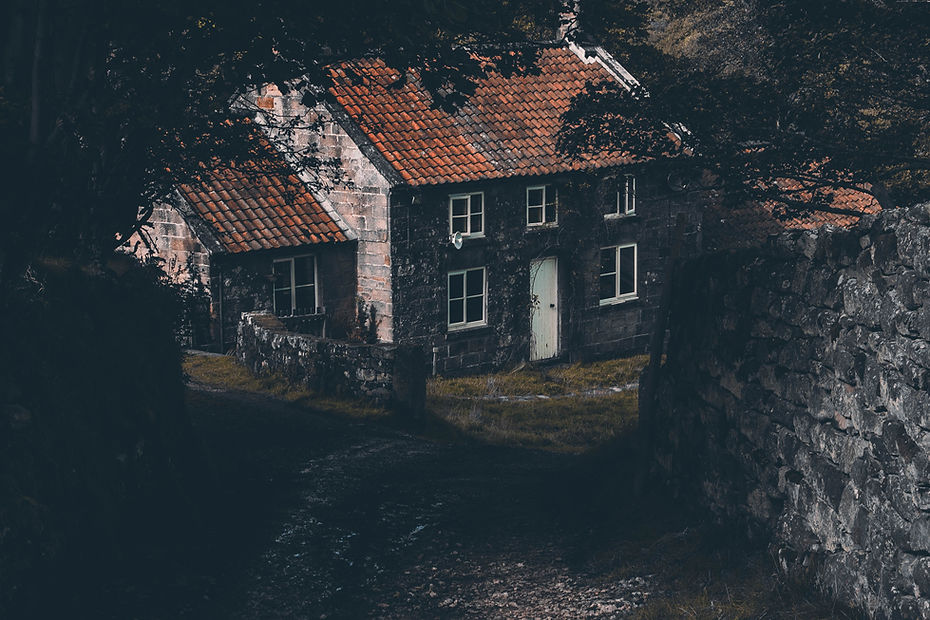
GREEN PLAN
HABITAT PROJECTS
WCAG, Watlington Environment Group (WEG) and other local groups are working in partnership to develop and implement a Green Plan. We aim to improve and protect biodiversity in the Parish and use natural climate solutions to sequester carbon. Anyone in Watlington can get involved, for example through improving gardens as wildlife habitats, surveying local hedgerows or supporting a community orchard.
Working to improve, extend and connect the varied and special habitats around Watlington is vital for us all.
We have a number of short-term and longer-term projects including:
Mapping of natural and semi-natural habitats
Surveying, planting and restoring hedgerows
Creating meadows in open green spaces and gardens, and improving road verges for wildflowers
Encouraging gardening for wildlife
Planting trees
Improving wetland habitats
Providing input to ensure new developments support biodiversity
Creating a community orchard
For more information on volunteering opportunities; please contact watlingtongreenplan@gmail.com

WOODLANDS & TREE PLANTING
Trees store carbon and provide vital habitat for invertebrates, birds and mammals. Watlington Parish has a good amount of trees and woodlands. It is important to take care of existing trees as well as to identify opportunities for increasing tree cover. We are aiming to plant more native trees, aware of the need to “plant the right tree in the right place” and to ensure that all planted trees are well cared for.
From planting a tree in your garden, to helping with our tree foster scheme, adopting a tree, and finding out about the trees we have in our community, there’s lots to get involved with.
Find out about our projects and how to get involved!

GRASSLANDS
Grasslands provide vital habitat for many plants, invertebrates and other species. Our parish has some very special chalk grasslands, containing over 40 different plant species in a single square metre. There are also species-rich road verges and other wild corners where wildflowers and grasses thrive.
Grasslands play a key role in storing carbon underground, where it remains if the soil is undisturbed. It has been shown that grasslands are more effective at storing carbon if they are more biodiverse and cut less frequently.
Find out about our projects and how to get involved!

PONDS AND STREAMS
Watlington’s globally rare spring-fed chalk streams are ecologically extremely important. Their clear waters support invertebrates and brown trout, creating valuable biodiversity corridors.
Ponds also provide important wetland habitats, whether it's the local spring-fed ponds or garden ponds, which may be small in area but pack a big punch for wildlife and carbon sequestration.

HEDGEROWS
Hedgerows provide vital wildlife habitats and corridors, connecting areas of woodland and grassland which might otherwise be isolated. They also reduce soil erosion, provide flood defence and define our patchwork countryside. They capture and store carbon both above ground and in the soil. Hedgerows are a defining feature of the countryside in Watlington Parish, but many have become increasingly neglected.

HOUSING AND DEVELOPMENT
The new housing and the edge road will inevitably have an impact on the local landscape and biodiversity, but developers are obligated to achieve “biodiversity net gain”.
Biodiversity net gain (BNG) is an approach which seeks to leave biodiversity in a measurably better state than before, after first avoiding and minimising harm. We seek opportunities to engage with developers and encourage better practice to maintain existing habitats and create and manage new habitats. We have produced a “Position Statement” outlining the good practice we seek to encourage.

WILDLIFE GARDENING
Encouraging and protecting biodiversity starts on our doorsteps; step outside and you are immediately in contact with some form of nature. Most of the green space within the town is in the form of gardens. We can all help by making our own gardens more wildlife-friendly and plant for biodiversity and carbon sequestration.

AGRICULTURAL LAND
Agriculture is the single largest land use around Watlington. Understanding how we can best support landowners and farmers to improve biodiversity and carbon sequestration is a key objective. Some of the farmers within the parish are part of the Christmas Common Farmer Cluster, working together supported by a facilitator to ensure a more cohesive approach to landscape-scale conservation in the area.

BUILDING AWARENESS
We are keen to encourage more people to step into nature, discover the wonderful wild places on our doorstep and get involved in making a difference. In summer 2021 we worked with Watlington’s inspirational art community to create a Green Plan Art Trail, highlighting our amazing local biodiversity through art. There are so many ways to enjoy, appreciate and help nature.
